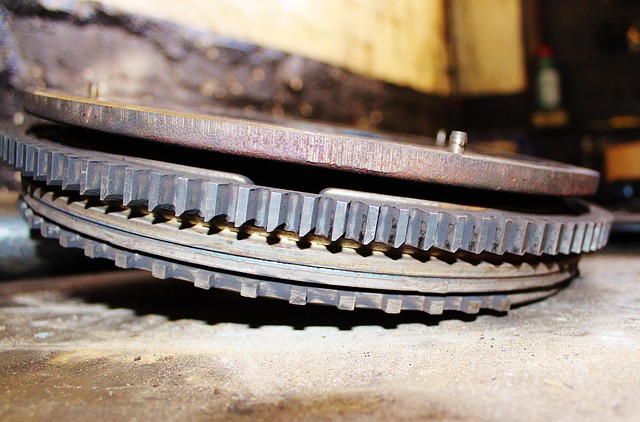
The IT Guide to Ensuring Hardware Availability: Everything You Need to Know
In today’s fast-paced digital world, maintaining hardware availability is crucial for any organization that relies on IT infrastructure to operate efficiently. Whether you’re managing a small business or overseeing an enterprise-level IT department, ensuring that your hardware is always accessible can mean the difference between success and failure.
Understanding Availability
The term availability in the context of informational technology refers to the degree to which a system, service, or component is operational and accessible when required for use. High availability is a critical aspect that IT professionals need to prioritize, as it directly affects everything from productivity to customer satisfaction.
Assessing Your Current Setup
The first step in ensuring hardware availability is to conduct a thorough assessment of your current setup. Identify all critical hardware components, such as servers, storage devices, and networking equipment. Determine their current uptime and any past incidents of failure. This information is valuable in formulating a strategy that minimizes downtime and maximizes reliability.
Investing in Redundant Systems
Redundancy is a key strategy for enhancing availability. Implementing backup systems not only secures data but also ensures operations continue smoothly in case of hardware failure. Consider using RAID configurations for data storage, load balancers for distributing workloads, and backup power supplies to keep systems running during outages.
Regular Maintenance and Monitoring
Just like a car needs regular servicing, your hardware requires periodic maintenance to perform optimally. Establish a routine maintenance schedule that includes hardware inspections, updates, and necessary repairs. Moreover, monitoring tools can provide real-time insights into the health of your hardware, alerting you to potential issues before they escalate into major problems.
Scalability and Future-Proofing
As your business grows, the demand for IT resources will also increase. Therefore, scalability is an essential factor to consider when ensuring hardware availability. Invest in hardware that allows for expansion, whether that means additional storage capacity or more powerful processing capabilities. Future-proofing your investments can save you considerable time and money in the long run.
Employee Training and Awareness
Your staff plays a crucial role in maintaining hardware availability. Regular training sessions to keep employees informed about best practices, potential risks, and troubleshooting techniques can empower them to identify and address issues swiftly. A knowledgeable team can significantly diminish downtime and contribute to overall efficiency.
Leveraging Cloud Solutions
Incorporating cloud solutions in your strategy can dramatically enhance hardware availability. Cloud services often provide built-in redundancy, automatic backups, and scalability options that physical hardware cannot match. Evaluate which processes can migrate to the cloud, reducing the pressure on your on-premise hardware while boosting overall availability.
In the realm of IT, hardware availability often defines operational success. By focusing on redundancy, regular maintenance, and educating your workforce, you set the stage for a resilient and efficient informational technology environment. Prioritize availability, and your organization will thrive, ensuring that hardware serves you, not the other way around.



